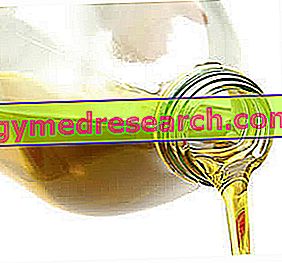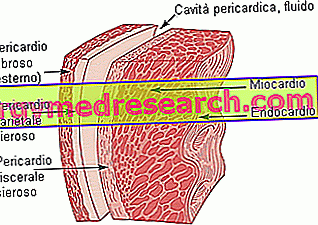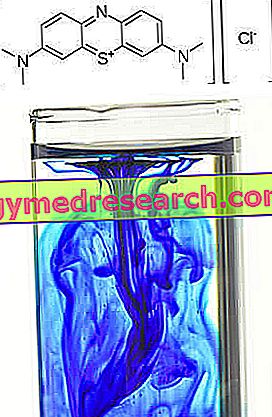When cooking foods, nutritional modifications are introduced which mainly concern the health and food-hygiene aspects of the foods themselves. Among the changes affecting the various macronutrients, those of lipids are predominantly negative; let's see them in detail.

Fat hydrolysis - a positive aspect
Cooking food fat involves hydrolysis (or partial digestion) of the lipids themselves.
This is a modification that concerns above all the glycerides, that is the "complex" fats formed by a glycerol molecule + 1-3 attached side chains (for example fatty acids). After digestion and absorption, most of the glycerides (triglycerides) are used for the production of ATP, both through the B-oxidation of fatty acids (fatty acids), and through the neoglucogenesis of glycerol.
Fatty acids are nutrients that provide more than double the calories compared to sugars but, on the other hand, they are extremely slow to use both because of the long process of cellular oxidation, and for the remarkable digestive, absorption and metabolic commitment.
By virtue of this "slowness", the hydrolysis by cooking fat (or breaking the link between fatty acids and glycerol with release of water) would undoubtedly be a positive aspect, since it speeds up digestion and consequently limits the time overall use for the body.
Fat peroxidation - a negative aspect
The chemical-physical modifications of lipids by means of cooking concern above all the peroxidation of polyunsaturated fatty acids (PUFA) . Fat-cooking PUFA determines the absorption of molecular oxygen with production of peroxides, or chemical compounds containing the structural unit "-OO-" which "deactivate" the fatty acid of departure and all its functions; the first peroxides to be released are hydroperoxides, which inevitably lead to the production of free radicals. Peroxidation represents a negative aspect of cooking fats since, in addition to significantly changing the color, odor and taste of the foods involved, it determines the ignition of free radicals (possibly blocked by antioxidants) and cancels the specific function of PUFA concerned.
Overcoming of the smoke point - a negative aspect
To cook fat, it is essential to avoid exceeding its smoke point . Obviously, following the rules of cooking systems, this inconvenience is easily preventable ... but in the eventuality, what could be the drawbacks in overcoming the smoke point? Smoke point is defined as the maximum temperature at which we can cook the lipids; not all fats have the same smoke point and some lend themselves more to heat treatment than others. Overcoming the point of smoke, the release of acrolein and formaldehyde, two catabolites of glycerol extremely toxic to the liver, takes place immediately. Acrolein is visible in the form of white smoke and is potentially stinging to the mucous membranes of the eyes, nose and respiratory tract. Since catabolites of free glycerol, the production of acrolein and formaldehyde (such as peroxidation) also depends primarily on the primary hydrolysis which breaks down glycerides into fatty acids + glycerol.
NB : acrylamide production also occurs during the cooking of fats that exceed the smoke point; in particular, its release occurs during the heat treatment of the sugars and is correlated to the temperature and inversely proportional to the concentration of water in the food. The production of acrylamide increases particularly during the cooking of the fats since in such circumstances such high temperatures are easily reached (see chips, fried croutons etc.) to allow their release.
Ultimately, cooking fat involves numerous structural alterations. Compared to the cooking of proteins and that of sugars, the cooking of lipids has fewer positive implications, which are limited to the hydrolysis of energy molecules called glycerides. This process of molecular simplification can increase the digestibility of the fats involved but, on the other hand, favors the degradation of PUFA fatty acids by peroxidation and free radicals release, and determines the conversion of glycerol into acrolein or formaldehyde; last but not least, it has been shown that frying sugars in fats (because very high temperatures are reached) favors the production of acrylamide, a toxic and carcinogenic carbohydrate chemical.



